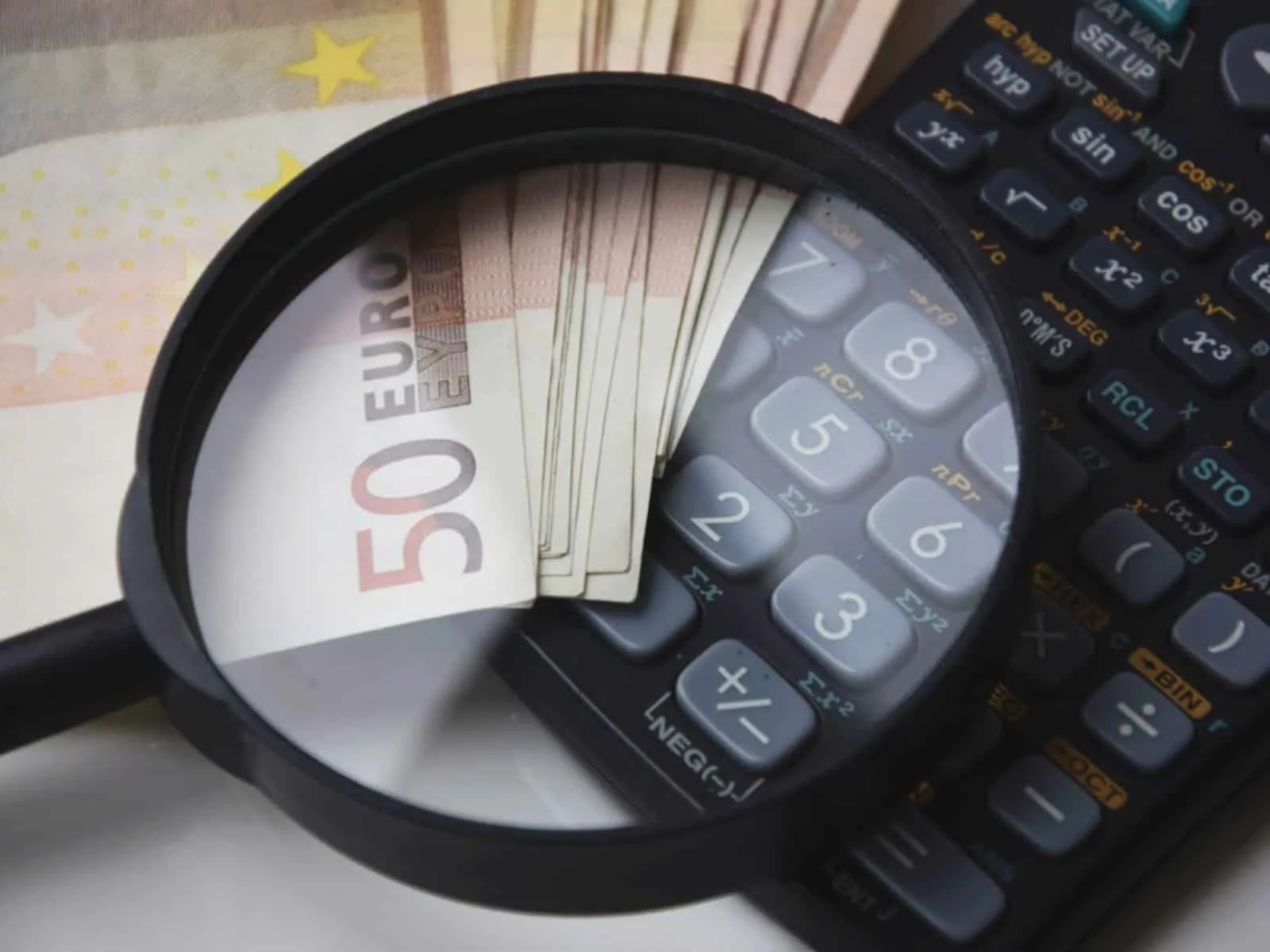A recent study has shown that commercial banks belonging to Mexico's G7 banking group are the most targeted for money laundering and money laundering, rather than cryptocurrencies.
The second edition of the National Risk Assessment (NRA), the Financial Intelligence Unit of the Ministry of Finance and Public Credit of Mexico, indicates that the Mexican banking G7, together with other commercial banks that carry out foreign exchange activities with currencies, are the most likely for malicious actors to carry out their illicit activities, especially money laundering, money laundering and financing terrorism. Likewise, a publication According to El Economista, G7 banks and banks related to foreign exchange activities are more sought after than cryptocurrencies, to carry out these illegal activities.
The results of the second edition of the ENR contrast with the results of the first edition of this assessment, which identified four financial sectors as the most affected by the possibility of illicit activities occurring. These sectors include the banking G7, commercial banks, brokerage firms and financial institutions with commercial operations.
Now, the second edition of this study shows that only two of these sectors continue to be the most affected by the possibility of malicious actors carrying out illicit activities, while the risk in brokerage firms and trading entities has decreased considerably.
It may interest you: MarketResearch presents report on global energy market and blockchain application
Results of the second edition of the National Risk Assessment (NRA)
The banking sector, which is ironically one of the most regulated sectors in the world, is also the most attractive for criminals to carry out illicit activities, although in relation to the use of cryptocurrencies for this type of activities, the Financial Intelligence Unit of the Ministry of Finance and Public Credit does not have concrete or sufficient information to issue a precise report on the matter, although it is not unaware that there is a level of risk associated with the use of cryptocurrencies and digital assets in these activities.
However, numerous analyses carried out by intelligence firms such as Chainalysis demonstrate that the amount of cryptocurrencies such as Bitcoin used in illicit activities does not represent more than 1% of the total issued coins that are in circulation in the market today. Chainalysis has a digital platform called Market Intel, which is dedicated to the study and analysis of data on Bitcoin and other important cryptocurrencies in the market, presenting specific data in real time on the activities and movements carried out with these digital assets, including illicit activities.
Likewise, this second edition of the ENR indicates that the way banks operate is what allows and facilitates money laundering or other illegal activity. For example, the head of the Financial Intelligence Unit (UIF), Santiago Nieto, points out that banking institutions allow the exchange of foreign currency for the equivalent of up to $10.000 USD daily without requesting identification documents from citizens. This practice allows many actors to carry out their illegal activities without being detected. Nieto also points out that the possibility of reducing this risk lies in changing legislation, which forces users to identify themselves regardless of the amount of foreign currency they wish to exchange.
Finally, Nieto points out that the issuance of the National Risk Assessment allows the country to know the levels of risk associated with commercial banking and other financial sectors with respect to the occurrence of illicit activities, allowing the government to take immediate measures to mitigate and counteract the incidence of these types of activities by citizens.
Continue reading: The International Monetary Fund (IMF) believes that cryptocurrencies are the evolution of money




